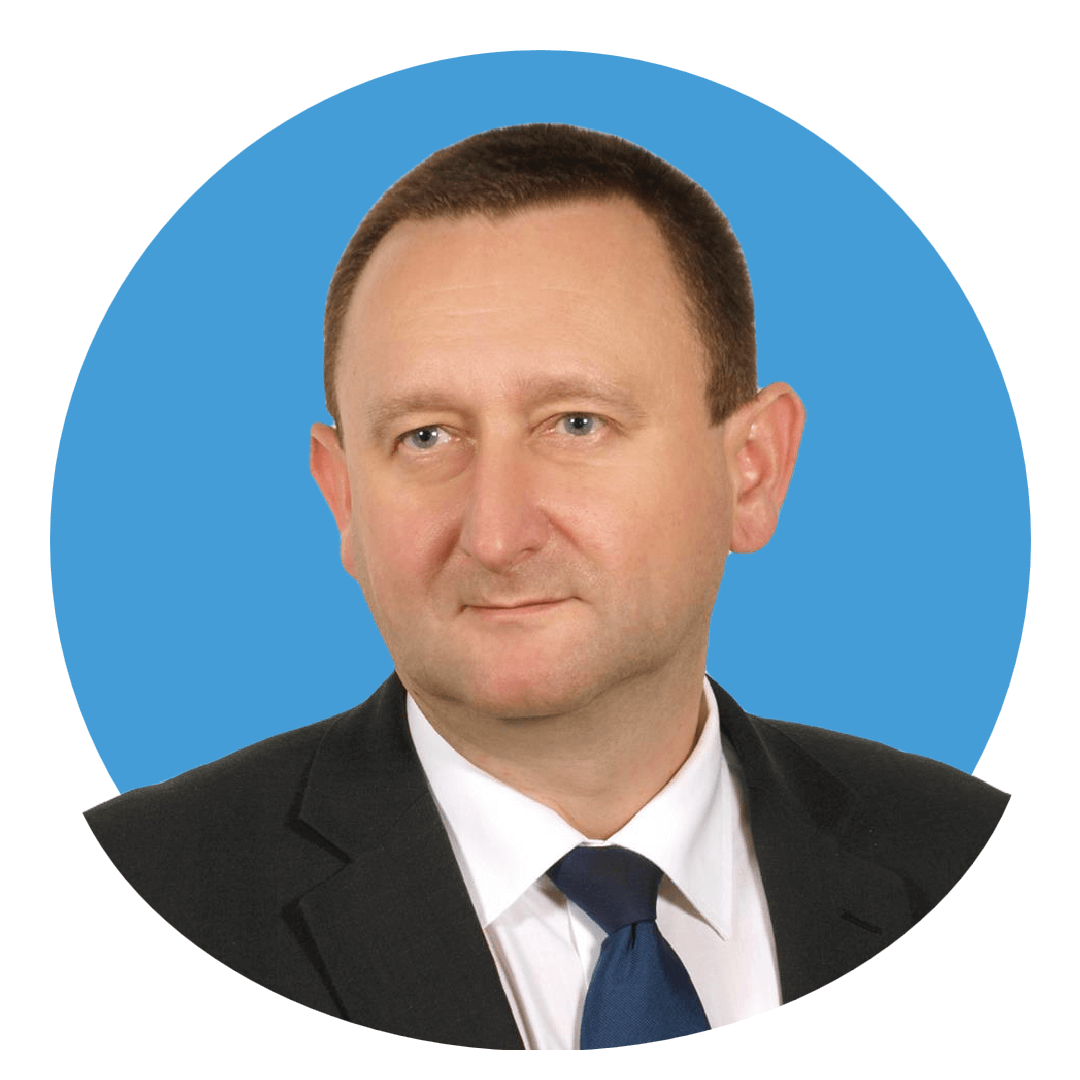Prof. Dr Eng. Paweł Popielski
Warsaw University of Technology
Selected methods of assessing the technical condition of underground infrastructure
The presentation will discuss modern methods of documenting and assessing the technical condition of underground infrastructure. Methods for documenting the current geometry of underground infrastructure walls will be discussed, as well as the detection of leaks or the location of structural damage. Methods of measurement with automatic devices and digital image recording allowing to create a numerical model of the inner surface of a collector or pipeline will be discussed. Such a solution makes it possible to make automatic comparisons of possible changes between individual measurements. During the analysis, the identification of areas with differences in geometry greater than acceptable for further analysis can be made. Performing a numerical analysis eliminates the human factor of subjective evaluation of changes. The presentation will outline the capabilities and limitations of the various methods and how their results can be used in documenting and assessing the condition and designing possible repairs and upgrades.
Professor at Warsaw University of Technology, specialist in hydraulic engineering, civil and environmental engineering. Head of the Department of Hydro Engineering and Hydraulics from 2014 to 2020, director of the Center for Geo and Hydrotechnical Analysis of the Institute of Applied Research of the Warsaw University of Technology from 2016 to 2023, and currently, from 2020, Dean of the Faculty of Building Services, Hydro and Environmental Engineering.
His main areas of scientific interest are geotechnical problems in hydrotechnics and environmental engineering, assessment of the technical condition of building structures, including with the use of modern measurement methods, such as laser scanning, thermo-monitoring, fiber optic measurements, etc. He is a specialist in modelling the issues of water filtration in the ground medium in calculations and safety analysis of construction objects, as well as in the analysis of the impact of deep foundations on neighboring objects (including underground infrastructure) and ground water in urbanized environments, and the establishment of limit values for the conducted monitoring (both at the stage of construction and operation of the object). Head of several interdisciplinary teams in the development of expert reports and opinions on the technical condition of the existing underground infrastructure, as well as new investments carried out using no dig techniques. Co-author of the "acceptance guidelines" for CIPP liners.
